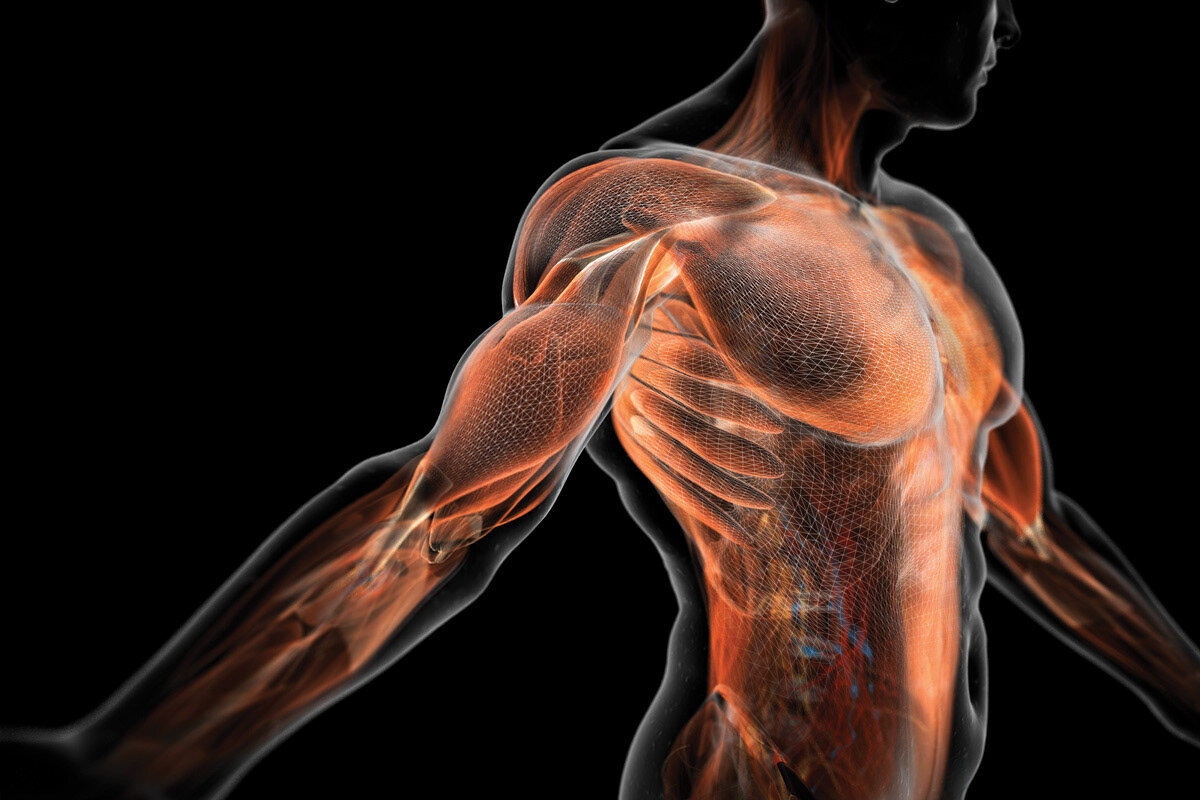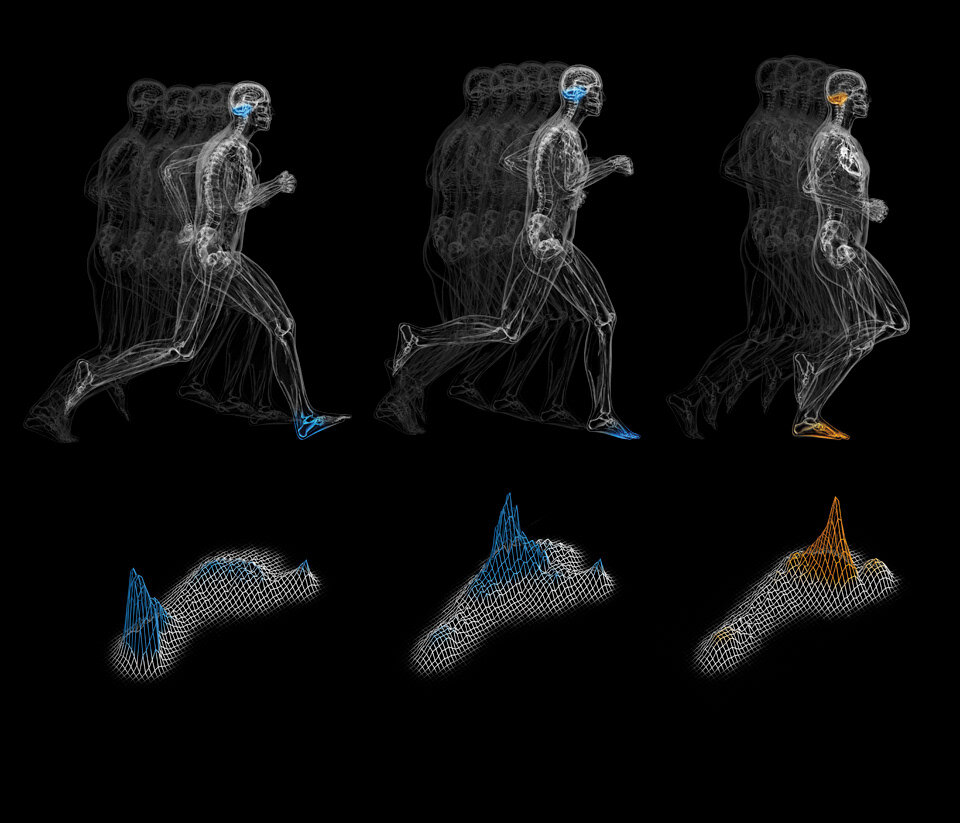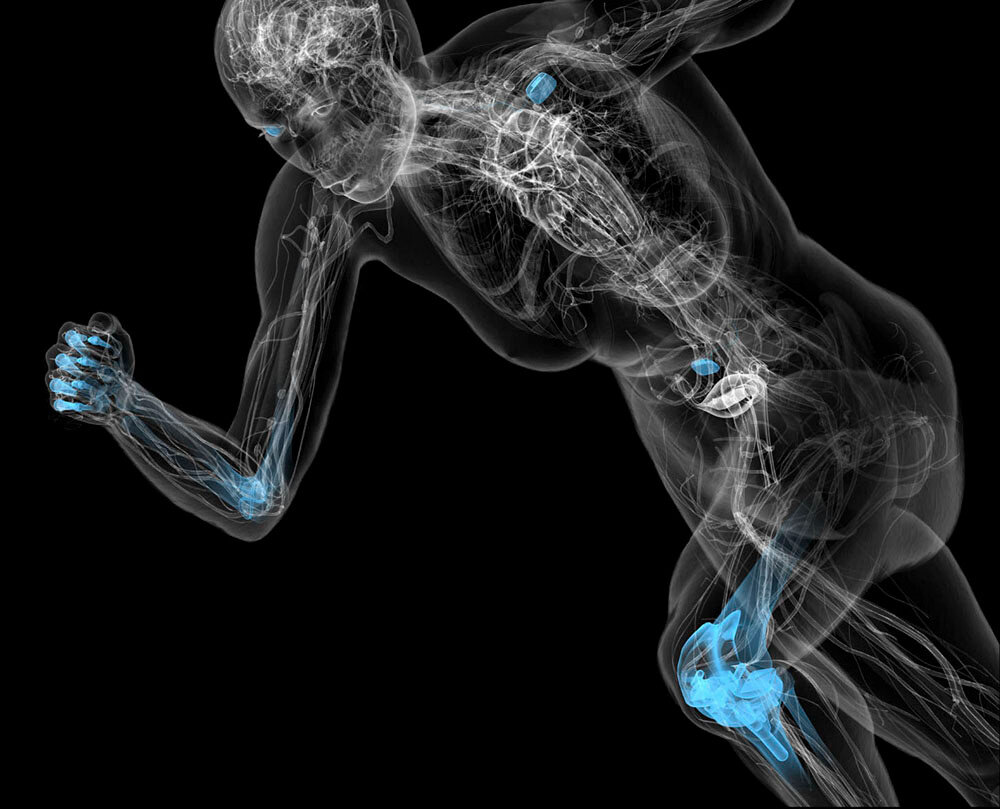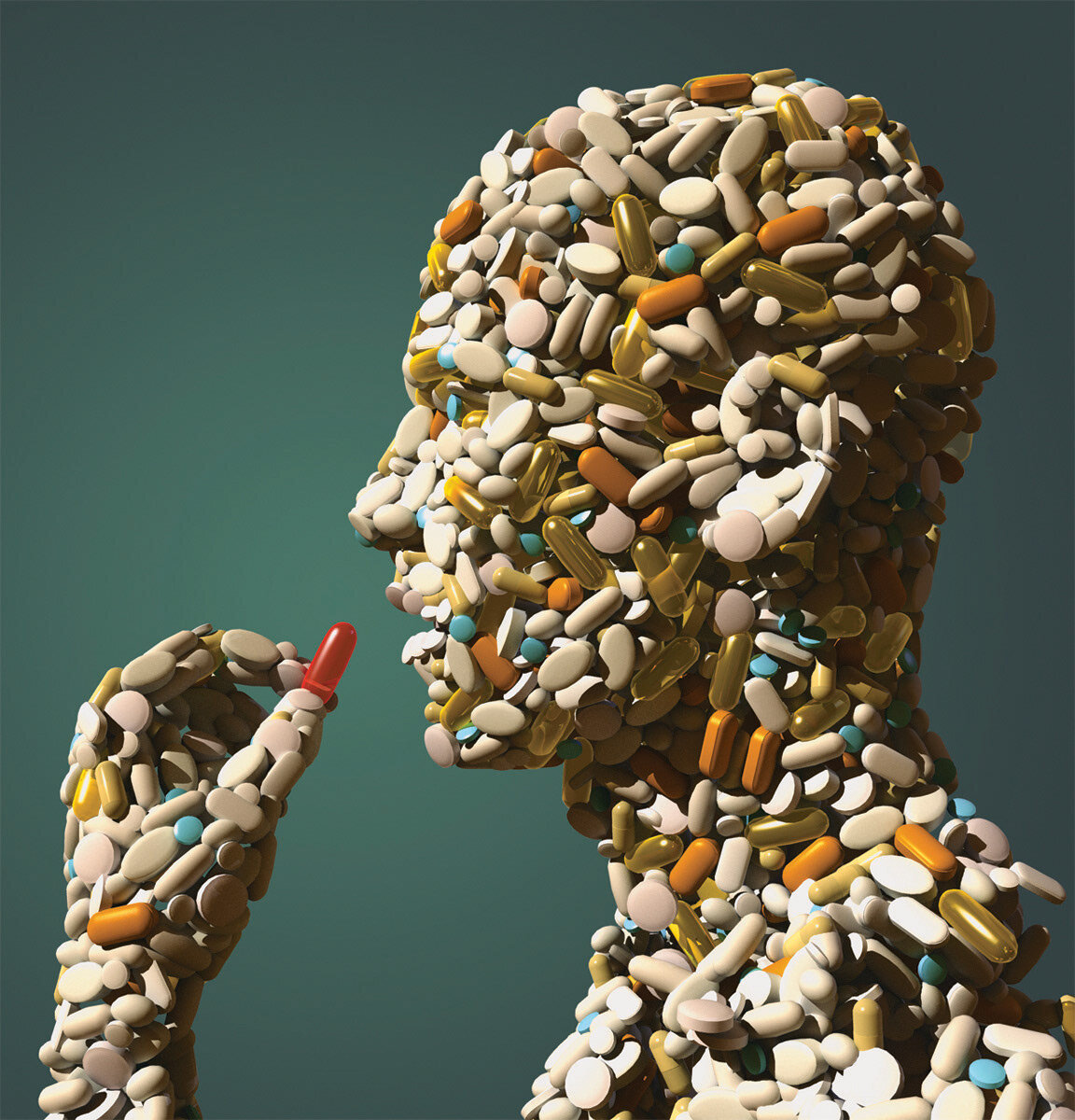Beautiful simplicity: the work of Bryan Christie
 Bryan Christie. I had seen this name over and over again in the fine print every time I saw a beautiful medical visual in a magazine. From Scientific American to Newsweek it seemed like Bryan Christie's crisp, clear, and aesthetically pleasing visuals dominated medical editorial illustration. Problem was I had never heard of him in the rather small sphere of medical illustrators.Turns out he's not a medical illustrator.Bryan likes to refer to himself as a 3D illustrator who just happens to do medical illustration. And he happens to do it extremely well. "My studio isn't strictly a medical studio; we take on a variety of work. It's more of an informational design/illustration studio."His work falls into a variety of topics that include:
Bryan Christie. I had seen this name over and over again in the fine print every time I saw a beautiful medical visual in a magazine. From Scientific American to Newsweek it seemed like Bryan Christie's crisp, clear, and aesthetically pleasing visuals dominated medical editorial illustration. Problem was I had never heard of him in the rather small sphere of medical illustrators.Turns out he's not a medical illustrator.Bryan likes to refer to himself as a 3D illustrator who just happens to do medical illustration. And he happens to do it extremely well. "My studio isn't strictly a medical studio; we take on a variety of work. It's more of an informational design/illustration studio."His work falls into a variety of topics that include:
- Architecture
- Science
- Outdoor
- Land/Sea/Air
- Technology
- Maps
 I can only describe Bryan's work as beautiful simplicity. He is a master at taking out all of the extraneous information, all of the distracting details, and focusing solely on the pertinent information. He strips everything away without ever making his visuals boring or static.So what makes Bryan's work so strong and compelling?
I can only describe Bryan's work as beautiful simplicity. He is a master at taking out all of the extraneous information, all of the distracting details, and focusing solely on the pertinent information. He strips everything away without ever making his visuals boring or static.So what makes Bryan's work so strong and compelling?
- Simplicity
- Clarity
- Dynamic composition
- Subtle use of color
He doesn't find the need to try and make things look cool. "Whenever I try to make something "cool" it tends to just look like crap. He lets the beauty take care of itself.After I established my blog I finally had an excuse to contact Bryan and tell him what a fan I am of his work. He was kind enough to answer a few questions to share with my readers. So who IS Bryan Christie?
So who IS Bryan Christie?
Street Anatomy: Where did you go to school?BC: I went to "Fame" (Music and Art High School in NYC) for music. Igraduated in '91. For college I went to the Manhattan School of Musicconservatory.SA: Are you trained as a medical illustrator?BC: Not technically. I got all of my experience on the job. I've beenaround art my whole life though. My mother is a painter, and myfather is an illustrator.SA: What inspired you to go into this profession?BC: Getting the rent paid. I wasn't making a living as a musician in NYC.In 1996 I asked my father, Andy Christie, if I could help him out athis illustration and animation studio, Slim Films (slimfilms.com). Myfather and his colleague Pete Samek were wonderful teachers, and Ipicked it up very quickly. After a year I had my own studio in lowerManhattan.SA: How long did it take for you to establish such top clients as WIRED and Newsweek?BC: Because of my connections, I was working for clients such asScholastic and Popular Science from the start. After my first year offreelancing I took a job as assistant AD at Scientific Americanmagazine. It was a wonderful experience (that's where I met my wife,Molly). I also made many contacts. In fact, I first met Karl Gudewhen I commissioned him to illustrate a piece on scuba tanks forSciAm. At the time he was the director of graphics at Newsweek. Thatwas a very propitious hire on my part: he later hired me at Newsweek,and now he's curating an exhibit of my work at MSU!My time at Scientific American was formative. It was when I firstbecame aware of the connection between science and art. The oldissues from the 1960s and '70s really influenced me. Each page isfilled with the most elegant, quiet line art. It's so beautiful. Manyof those spreads look like modern art to me. That elegance andclarity is something I always strive for in my work. As an artistworking in 3D, I find it is very easy to be seduced by all thepossibilities and special effects we have at our disposal. Mystrongest work is always the clearest work. Beauty tends to take careof itself; it's secondary to the information.Do you work alone or do you have employees?I have an associate, the indispensable Emily Cooper. She specializesin the natural world projects we take on. I call upon freelancersconsistently, namely Joe Lertola and George Retseck.Do you prefer to work on a Mac or a PC?I've never worked on a PC, so I can't really say. I'm happy with the Mac.What are some of your favorite programs? (Illustrator, 3D Studio Max, etc.)I work in Lightwave. I've really grown to love this application. Atfirst it's a pretty intimidating interface, but as I've grownfamiliar with it, I feel like it's invisible, like I'm actuallyholding the work. I also use Illustrator and, of course, Photoshop. Itry to minimize my time in Photoshop; I find it's best to think ofmyself as a sculptor who takes pictures of my work. So I avoidcreating content in Photoshop and primarily use it for color correction.
 Since first seeing his illustrations Bryan has quickly become one of my favorite illustrators and will continue to be an inspiration to me and my medical work. Thanks Bryan!__________________________________________Bryan Christie Design is based in Maplewood, New Jersey.Take a look through Bryan's online portfolio at bryanchristiedesign.com.
Since first seeing his illustrations Bryan has quickly become one of my favorite illustrators and will continue to be an inspiration to me and my medical work. Thanks Bryan!__________________________________________Bryan Christie Design is based in Maplewood, New Jersey.Take a look through Bryan's online portfolio at bryanchristiedesign.com.
